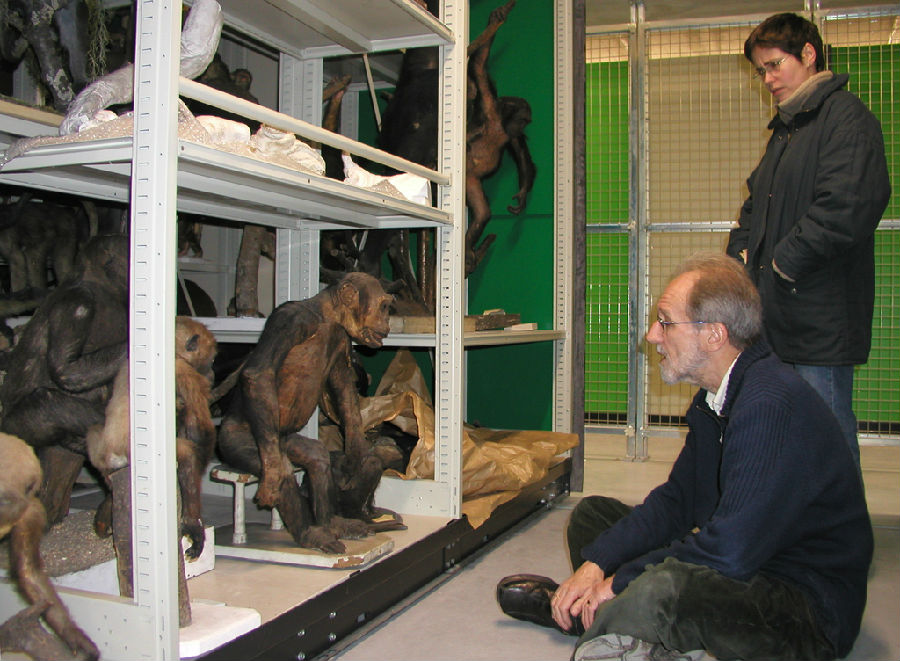(单词翻译:单击)
In principle you ought to be able to go to experts in each area of specialization, ask how many species there are in their fields, then add the totals. Many people have in fact done so. The problem is that seldom do any two come up with matching figures. Some sources put the number of known types of fungi at 70,000, others at 100,000 — nearly half as many again. You can find confident assertions that the number of described earthworm species is 4,000 and equally confident assertions that the figure is 12,000. For insects, the numbers run from 750,000 to 950,000 species. These are, you understand, supposedly the known number of species. For plants, the commonly accepted numbers range from 248,000 to 265,000. That may not seem too vast a discrepancy, but it's more than twenty times the number of flowering plants in the whole of North America.
原则上,我们可以去找一找每个专门领域的专家,问一问他们的领域里有多少个物种,然后加起来得出个总数。许多人实际上也是那么做了。问题在于,任何两者得出的总数很少吻合。有的得出的己知真菌有7万种,有的得出的是10万种——相差了将近50%。你可以找到很有把握的断言称已被描述过的蚯蚓是4000种,也可以找到同样很有把握的断言说是12000种。就昆虫而言,数量在75万-95万种不等。你知道,这一些是根据推测而已知的物种数量。至于植物,公认的数量是248000-265000种之间。这个误差似乎不算很大,却是整个北美的有花植物数量的20倍以上。
Putting things in order is not the easiest of tasks. In the early 1960s, Colin Groves of the Australian National University began a systematic survey of the 250-plus known species of primate. Oftentimes it turned out that the same species had been described more than once — sometimes several times — without any of the discoverers realizing that they were dealing with an animal that was already known to science. It took Groves four decades to untangle everything, and that was with a comparatively small group of easily distinguished, generally noncontroversial creatures.
把东西整理得有条不紊不是一件很容易的事。20世纪60年代初,澳大利亚国立大学的科林·格罗夫斯开始系统研究250多种已知的灵长目动物。结果发现,同一种动物往往被描述了两次以上——有时候是七次,而那位发现者还不知道自己在研究的动物在科学界早已知道。格罗夫斯花了40年时间才把这一切整理出来,那还是个比较小的群的动物,而且容易区分,总的来说也没有争议。


